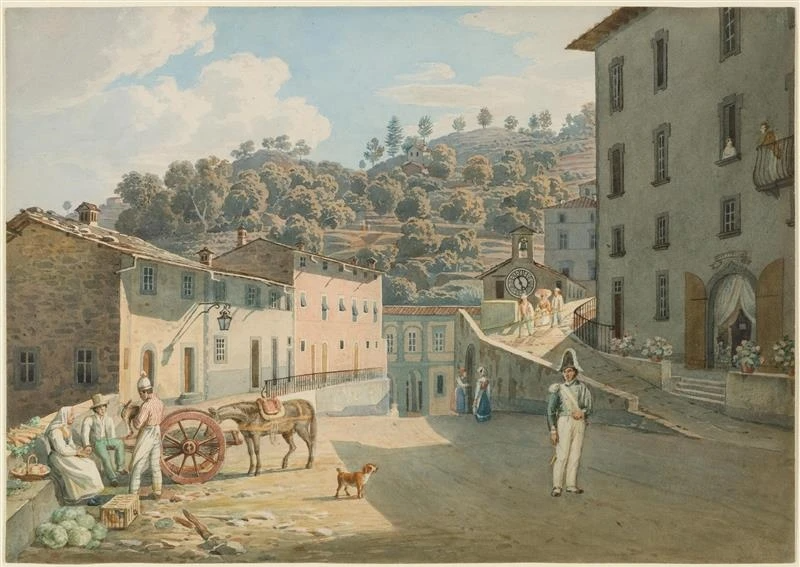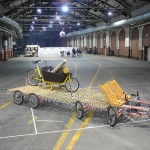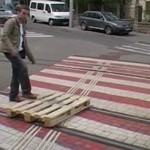“Of all the questions I get on Twitter the most common is this: ‘How do you build a town?’ We know well how it used to be done, but these last one or two centuries we have forgotten how to do it (with only a handful of notable exceptions during the last century).
The other day I was asked again, but this time with a set of premises that made the question a little easier to approach. I have anonymized all the details but the general idea remains: four guys (friends) with money have bought a suitably large piece of land in Texas and now want to create a car-free human-scaled town of the kind that I am always writing about.
In this text I intend to set out the most bare-bone basic premises for how to start a good town, what is needed to build something anti-fragile and sustainable under the above mentioned scenario.”
Read more: How to Build a Small Town in Texas, Wrath of Gnon, July 2021.
To create a human scaled town we first establish what is a good size, and this is simply one third of a square kilometer, or 82 acres, or 0.13 square miles. 80 acres was the upper limit for a good family farm in medieval England, and it is still the size at which the most flexible and efficient farms run, both modern and more old fashioned Amish family farms. It allows a town where no point can’t be reached on foot in 15 minutes, and it allows comfortable living for a population of 3000, which was considered the ideal size in medieval Europe: the upper limit of efficiency and comfort, productivity and harmony: more and you get crowded, less and you risk being without some important trades and activities. Even though the premise talks about a town of 600, we plan three centuries ahead for a maximum population of ca. 3000.
A good town (the urban) is clearly defined and set apart from the countryside (the rural). The suburban has no place here. Hence the town needs to be as clearly marked out and defined as the individual family lots will be: to here, but no further. For this purpose we will mark out land to be used as a wall, raised embankment, hedge, fence, moat, canal, etc. Some sort of edge which is not routinely nor distractedly crossed.
As for shape, I recommend a somewhat irregularly oval shape, near round in one extreme, or rice grain shaped in the other extreme, for the simple reason that the best towns and cities seems to be oval to some degree. As far as possible the existing topography should be kept or even enhanced. Perfectly flat land is only popular with boring developers. So: no bulldozing allowed. Existing trees should be left and existing paths should be left in place (even when slightly inconvenient). New paths and streets should follow the contours of the land. Anything historic (an old campsite, an ancient grave or remains of an old farmstead) should be kept and protected and venerated. History is in short supply in new developments, and interesting stories can be woven around something as mundane as an abandoned old cart or well.
Read the whole article: How to Build a Small Town in Texas, Wrath of Gnon, July 2021.





